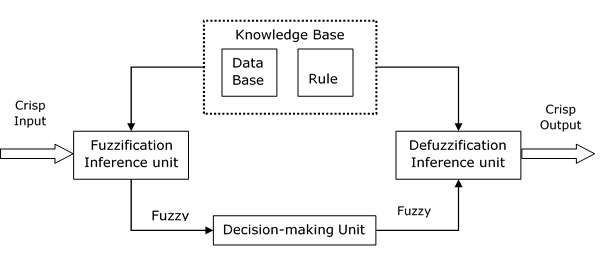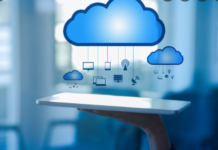Application of Adaptive Neuro-Fuzzy Inference in Artificial Intelligence involves both neural networks and fuzzy logic principles together.
An adaptive neuro-fuzzy inference system (ANFIS) is an artificial neural network that is based on a fuzzy inference system. ANFIS is a very useful system to extract numerical models from numerical data.
Since it integrates both neural networks and fuzzy logic principles together, it is capable of capturing the benefits of both in a single framework.
Introduction to Application of Adaptive Neuro-Fuzzy Inference System in Artificial Intelligence
An adaptive neuro-fuzzy inference system (ANFIS) is an application of adaptive neuro- fuzzy logics that uses a framework of Artificial Intelligence (AI). Hence, its inference system corresponds to a set of IF–THEN rules in fuzzy neural networks. It has learning capability to approximate nonlinear functions.
Hence, adaptive neuro-fuzzy inference system (ANFIS) deserves to consider to be a universal estimator.
Application of Adaptive Neuro-Fuzzy Inference System in Artificial Intelligence Principle-
Flowchart for Speech recognition to establish fuzzy inference system through ANFIS using a wavelet transform
Adaptive Neuro-Fuzzy Inference System architecture
There are two parts in the ANFIS network structure, namely premise and consequence parts. This architecture basically has five layers. Fuzzy layer, product layer (π), normalized layer (N), defuzzy layer and total output layer are the 5 different ANFIS layers. So, the first layer is a fuzzification layer. It takes the input values and determines the membership functions belonging to them.
The membership degrees of each function computes using a specific parameter set. The second layer is the “rule layer”.
So, it is responsible for generating the firing strengths for the rules.
The third layer is to normalize the computed firing strengths, by dividing each value for the total firing strength.
The fourth layer takes the normalized values and the consequence parameter set as an input . Thus, the values returns the defuzzification values and those values pass to the last layer to return the final output.

ANFIS layer- Fuzzification layer
The first layer of an ANFIS architecture describes the difference to a neural network. Neural networks are operating with a data pre-processing step. Hence, in this step, the features convert into normalized values between 0 and 1. An ANFIS network doesn’t need a sigmoid function.
Let’s take an example:
Let’s say, the network gets the distance between two points in the 2d space as input. The distance measured in pixels have values from 0 up to 500 pixels. So, with the help of membership function the numerical values converts into Fuzzy numbers. It consists of semantic descriptions like near value, middle value and far value. An individual neuron gives each possible value.





